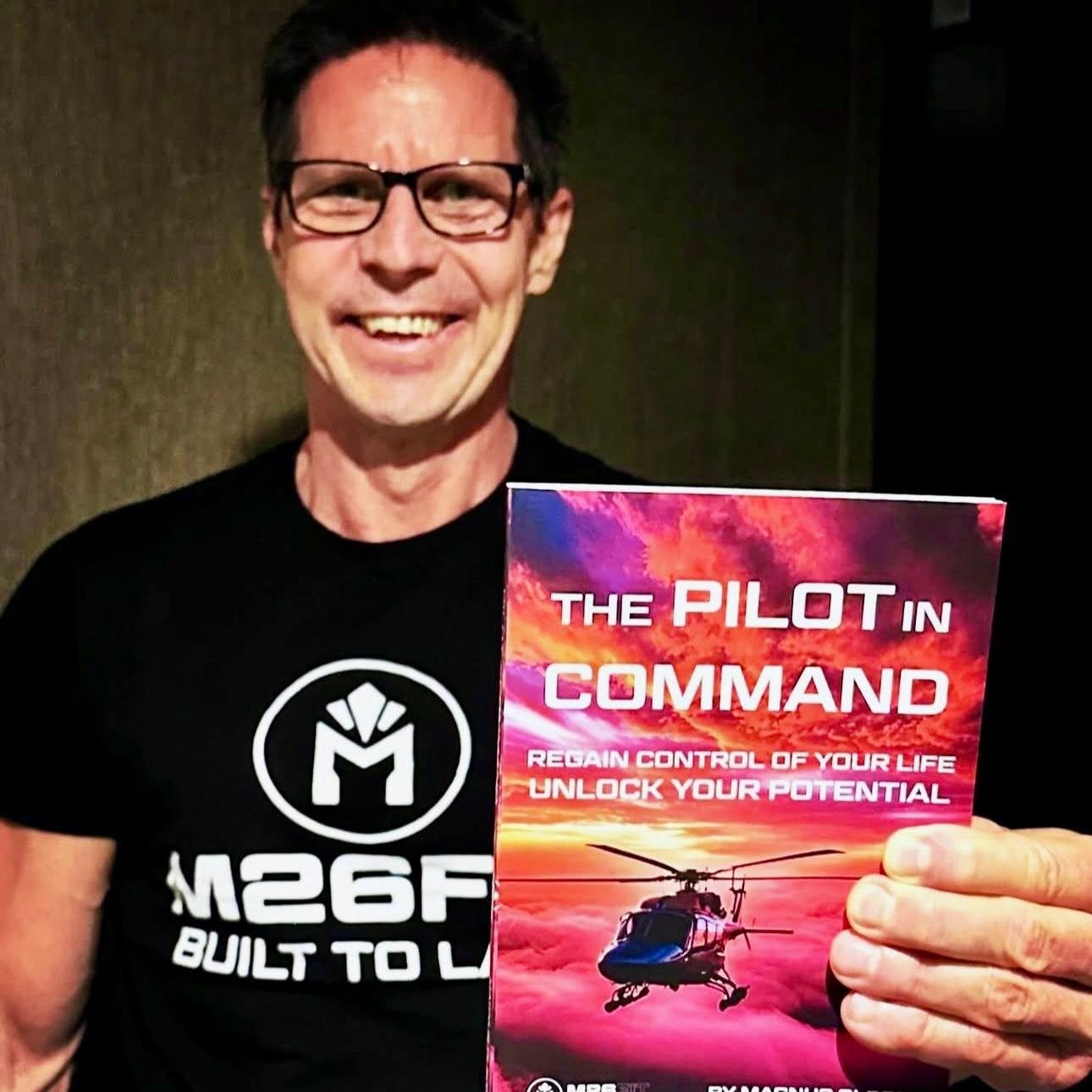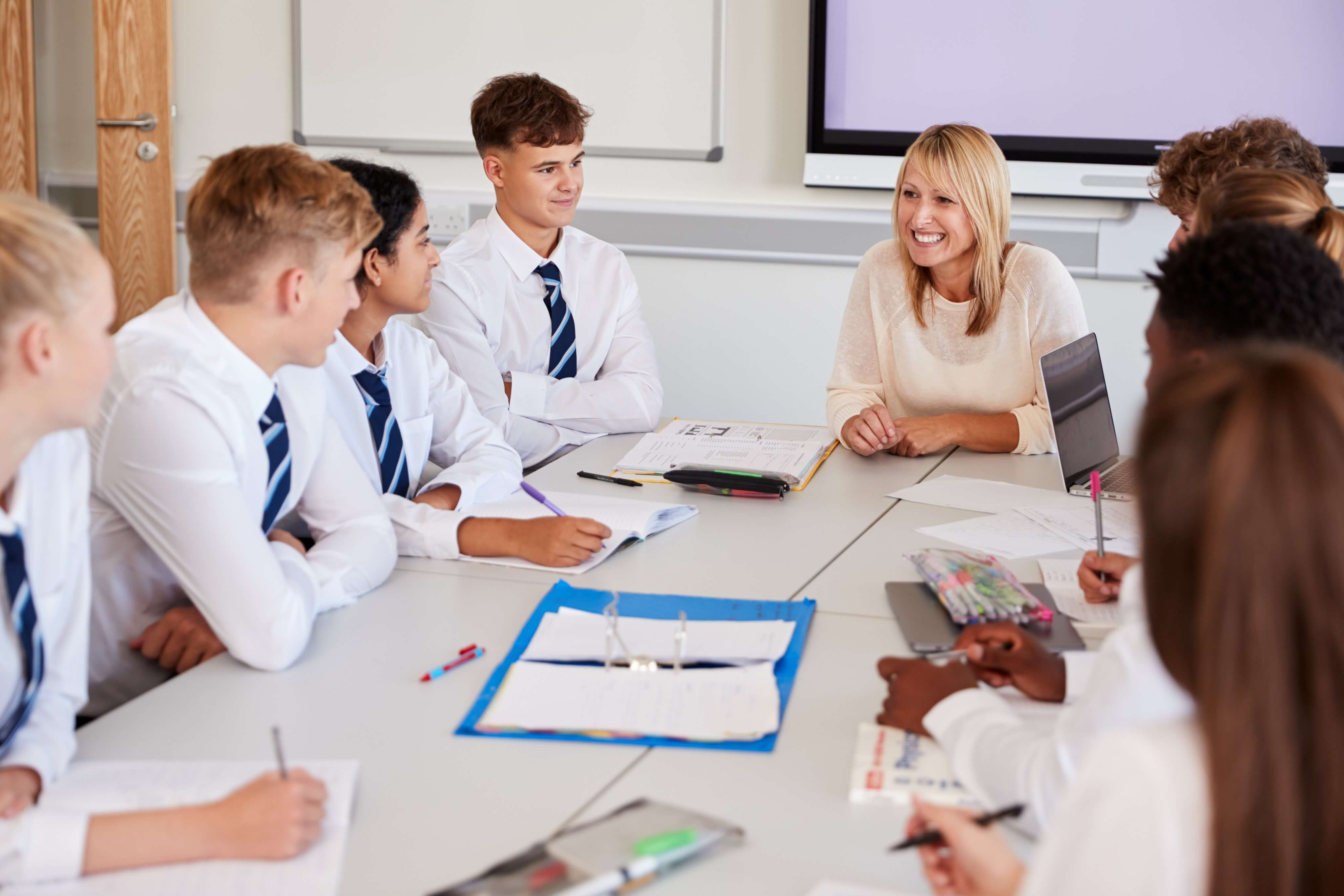


Many of the ideas in this blog are inspired by a recent EduResearch blog by Dr Helen Boon. Although she was writing about indigenous
students, the same issues hold true for students who are neurodiverse.
Teachers should not take the powerlessness that students may feel because of perceived deficit for granted. This may, indeed, colour every aspect of their engagement with education and schooling. Boon defines the Deficit paradigm as” a view that has long been deeply embedded in the culture of Western schools and still held by some teachers, administrators and others in positions of power. It assumes that poor student performance or behaviour stems from problems with the students or their families that must be ‘fixed’.” In much the same way that indigenous children were forced to adopt Anglo Australian cultures and values during the era of Protection and Assimilation. Many migrant and indigenous children experience education which seems designed to diminish the value of their first culture . She argues “All in all, teachers must reflect on their own cultural orientations and identify their ideology and beliefs honestly.” Classrooms need to be places where all students (Not just neurotypical, Anglo-Australians) feel valued and powerful.
I found her concept of the teacher as Warm Demander particularly compelling, as it resonates so strongly with the research into having high expectations of all students. “Warm demanders,” she explains “are teachers who develop relationships with their students and do things to let their students know they care for them. Successful teachers of [diverse] children have an interest in the lives of their students. They employ humour by directing deprecating humour at themselves and not at children. They also explain jokes and avoid sarcasm, and direct humour to the whole class, not at individual students.” This is particularly important in the case of neurodiverse students who often either ‘do not get the joke’ or are the focus of the humour of other students. All students need to understand that the neurotypical student is not the benchmark for normal if we are truthful about our mission to embrace and enrich the lives of all students regardless of background.
Finally, Boon provides a list of research based strategies found to be effective with indigenous students. I quote them here because, I think experienced teachers would agree that they are useful for all learners:
By Sue Burvill-Shaw
Reference: Boon, H., (2016 ), Why and how to use different teaching methods with Indigenous students, EduResearchMatters, https://www.aare.edu.au/blog/?p=1449